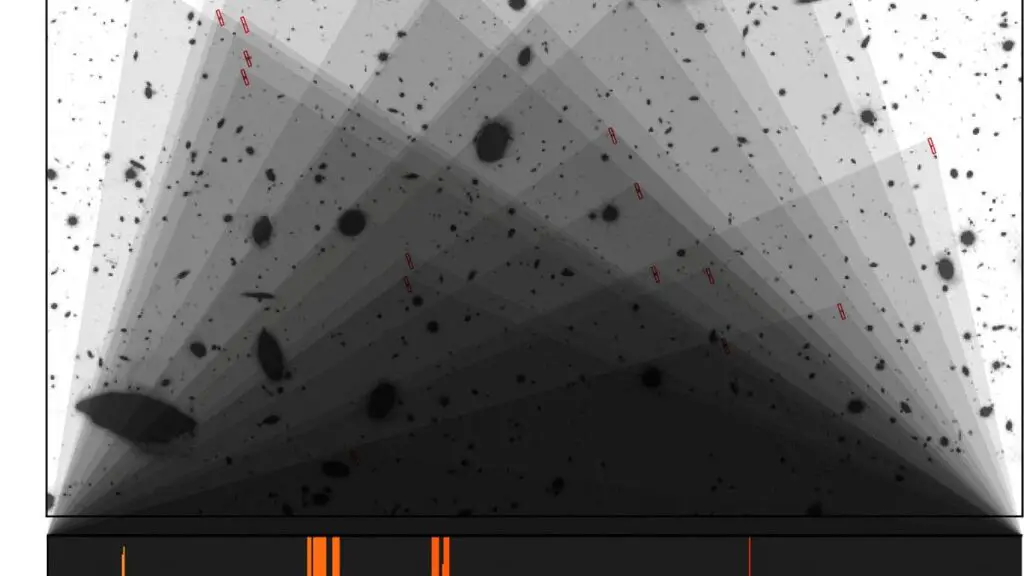“Teenage Galaxies” Show Signs Of Growth Spurts And Immaturity – New Research
The James Webb Space Telescope, operational since last year, has made significant observations on some of the universe’s earliest galaxies. The telescope has now obtained even better data on galaxies that are a bit further along in development, which astronomers have dubbed “teenagers” due to their resemblance to human teenagers in some respects.
Researchers have focused on galaxies that formed approximately 2-3 billion years after the Big Bang, around 13.8 billion years ago. They have analyzed data from 23 of these distant galaxies to create a composite picture of their characteristics, focusing on their “chemical DNA”.
“These teenage galaxies have very unique chemical DNA, which indicates that they have formed a decent number of stars – they’re fairly grown already – but still growing rapidly,” said Allison Strom, a professor of physics and astronomy at Northwestern University in Illinois and lead author of the study published in the Astrophysical Journal Letters.
The gas detected in the star-forming regions of these teenage galaxies was much hotter, at about 24,000 degrees Fahrenheit (13,350 degrees Celsius), than observed in galaxies today. These galaxies have been observed glowing with eight elements, including hydrogen, helium, oxygen, nitrogen, sulfur, argon, nickel, and silicon. The presence of nickel was particularly surprising, as it usually does not glow brightly enough to be visible even in nearby galaxies. This observation may indicate that there is something different about the massive stars that cause the gas to glow.
The findings suggest that these galaxies are still chemically “immature” and are forming very quickly. The study presents the first results from the CECILIA Survey, which uses the James Webb Space Telescope to scrutinize the chemistry of distant galaxies.
“There has rightfully been a lot of excitement about how Webb has enabled us to view some of the very first galaxies, but even with Webb our ability to say much about those galaxies is limited,” Strom said. “At the same time, the telescope is letting us observe galaxies a little later in the universe’s history in a stupendous amount of detail, and CECILIA is the first and, so far, best example of this.”
The study’s findings could reshape our understanding of the early universe and provide valuable insights into the formation and evolution of galaxies. The data obtained by the James Webb Space Telescope has the potential to unlock many mysteries about the universe and its history.
The unique chemical compositions and characteristics of teenage galaxies provide astronomers with a glimpse into the complex processes that shaped the universe during its early stages. This research has opened up new avenues for further exploration and could lead to groundbreaking discoveries in the field of astronomy and astrophysics.
The James Webb Space Telescope continues to revolutionize our understanding of the cosmos and is expected to provide even more remarkable insights into the universe’s early days and the formation of galaxies. With its advanced capabilities, the telescope is poised to uncover many more secrets hidden within the depths of space, further expanding our knowledge of the universe and its origins.


